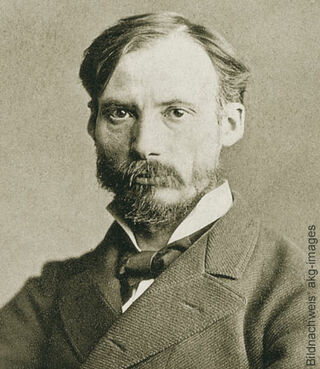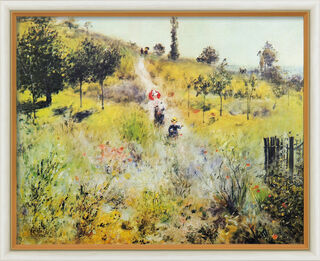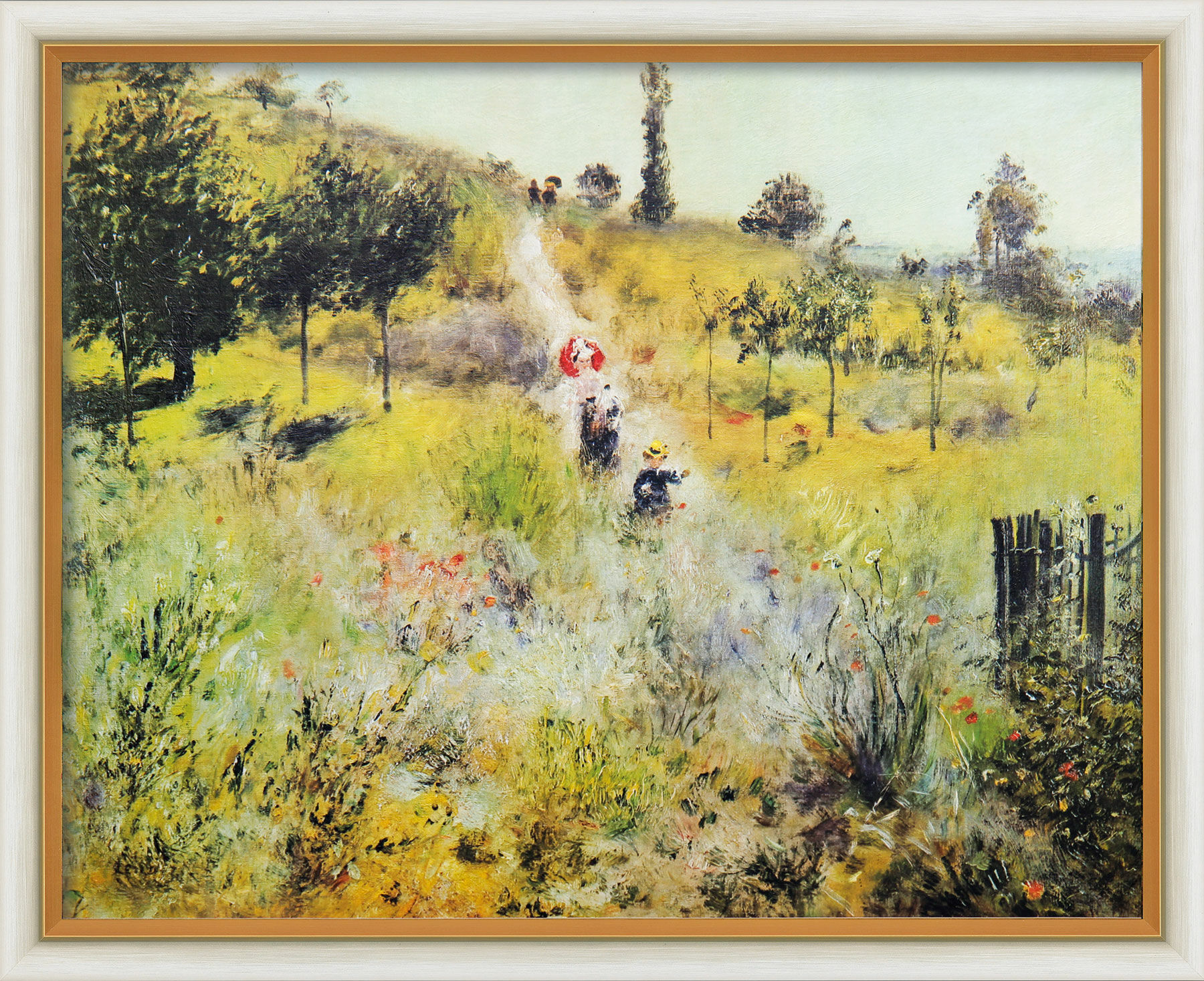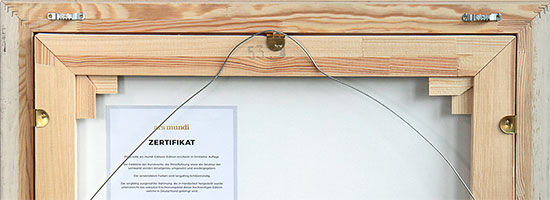Picture "Ascending Path" (1876/77), white framed version


Picture "Ascending Path" (1876/77), white framed version
Quick info
limited, 499 copies | numbered certificate | reproduction, Giclée print on canvas | on stretcher frame | artist's varnish | framed | size 66 x 81 cm (h/w)
Detailed description
Picture "Ascending Path" (1876/77), white framed version
Original: Oil on canvas, 59 x 74 cm. R.F. 2581; Paris, Musée d'Orsay.
High-quality reproduction using the Fine Art Giclée process on genuine artist's cotton canvas stretched on a stretcher frame. The canvas with its tangible and visible brush structure is sealed with artist's varnish. Framed in a white noble solid wood frame with gold edge, grey patinated. Limited edition of 499 copies. With numbered certificate on the back. Size 66 x 81 cm (h/w).
Frame configurator
Customised picture frame

Frame configurator
Customised picture frame






Customer reviews
Frame variant: Framing 2
Die Lieferung erfolgte schnell und zuverlässig. Die Qualität der Reproduktion ist beeindruckend , die Rahmung ist sehr passend. Jederzeit gerne wieder.

About Auguste Renoir
1841-1919
The entire oeuvre of Renoir, who was born in Limoges in 1841, is characterised by his indestructible belief in the life-giving power of nature. The luminous colours of his landscapes, the sensual grace of his paintings of women and young girls bear witness to this with their light cheerfulness.
Initially, Renoir worked as a porcelain painter and studied the work of Antoine Watteau and François Boucher at the Louvre. In 1862, he began studying at the École des Beaux-Arts, then devoted himself to open-air painting in the late 1960s under the influence of the Barbizon School. Together with Claude Monet, Frédéric Bazille and Alfred Sisley, he discovered the special advantages of painting outdoors and maintained close contacts with Camille Pissarro and Paul Cézanne. Together with Claude Monet, he invented the loose brushstroke, with which the constant changing of colours of light can be captured and is the characteristic of Impressionism. In addition to landscape paintings, he also produced portraits of his painter friends and his favourite model Lise Tréhot.
In the summer of 1869, he produced a series of paintings of the restaurant "La Grenoullière", which he frequently visited together with Monet. These light-filled paintings illustrate particularly clearly his distinctive style of fleeting brushstrokes and delicate, light colours that capture the flickering of the air as well as the glistening of the water. In addition, Renoir occasionally expressed his consideration of the works of Courbet and Delacroix through muted tonality and denser brushwork.
However, after a visit to Italy in the 1880s, Renoir abandoned Impressionism. From then on, his focus was no longer on the reproduction of atmospheric moods, but on drawing and composition in the style of Raphael and Ingres.
His late work shows a tremendous power of colour, combined with elements of drawing, which give no hint of his severe rheumatic illness, especially of his hands. With the help of a student, sculptor Maillol, he also created several bronze sculptures during this period.
The most important painter and graphic artist of Impressionism died as a world-renowned artist on 3 December 1919 in Cagnes-sur-Mer.
Giclée = derived from the French verb gicler "to squirt, spurt".
The giclée method is a digital printing process. It is a high-resolution, large-format printout on an inkjet printer with special different-coloured dye- or pigment-based inks (usually six to twelve). The colours are fade-proof, i.e. resistant to harmful UV light. They have a high richness of nuance, contrast and saturation.
The giclée process is suitable for art canvases, handmade and watercolour paper as well as for silk.






